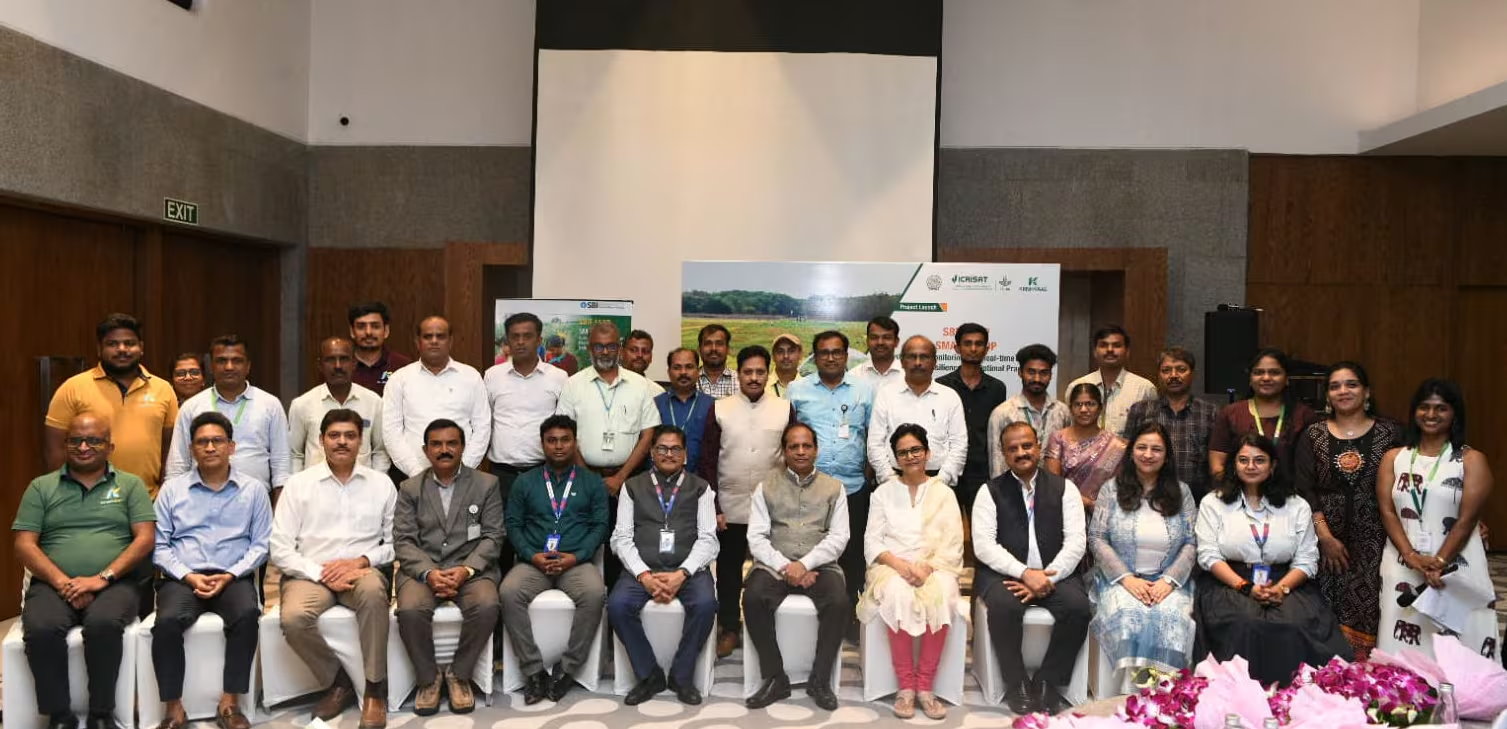Design features of successful social protection programs
- From
-
Published on
29.10.18
- Impact Area

Rooted in the notion that most poor Africans reside in rural areas and earn their income from agriculture, the Malabo Declaration emphasizes agriculture-led growth as the engine for poverty reduction. But even the most inclusive agricultural growth may not be sufficient to lift everyone out of poverty. This is because to take part in and benefit from the growth process, households need a basic level of capital and security, so that their assets are not depleted in the face of drought or other shocks. To address that vulnerability, complementary investments in social protection programs are necessary to protect the poorest and most vulnerable households, so that no one is left behind. Social protection programs are becoming increasingly popular in Africa; their numbers have tripled in the past 15 years. Today, cash transfers are the most important form of social protection in Africa, although regional differences exist (Figure 1).
Photo credit: Nicolas Le Guen/EU/ECHO
Related news
-

SBI Foundation Joins Hands with UAS Raichur and ICRISAT to Launch “SMART-CROP” Initiative
International Crops Research Institute for the Semi-Arid Tropics (ICRISAT)29.10.25-
Big data
-
Poverty reduction, livelihoods & jobs
SBI Foundation, the Corporate Social Responsibility (CSR) arm of the State Bank of India, has…
Read more -
-

Can the Southern Mediterranean Fish Value Chain Thrive Without Women’s Empowerment?
WorldFish22.10.25-
Gender equality
-
Poverty reduction, livelihoods & jobs
When you picture the Mediterranean’s blue economy—encompassing its vibrant fisheries and aquacul…
Read more -
-

World Food Day 16 October: A Hungry World Knows No Borders
International Crops Research Institute for the Semi-Arid Tropics (ICRISAT)16.10.25-
Food security
-
Poverty reduction, livelihoods & jobs
When crops fail, people move not by choice, but by necessity. As families are displaced…
Read more -
